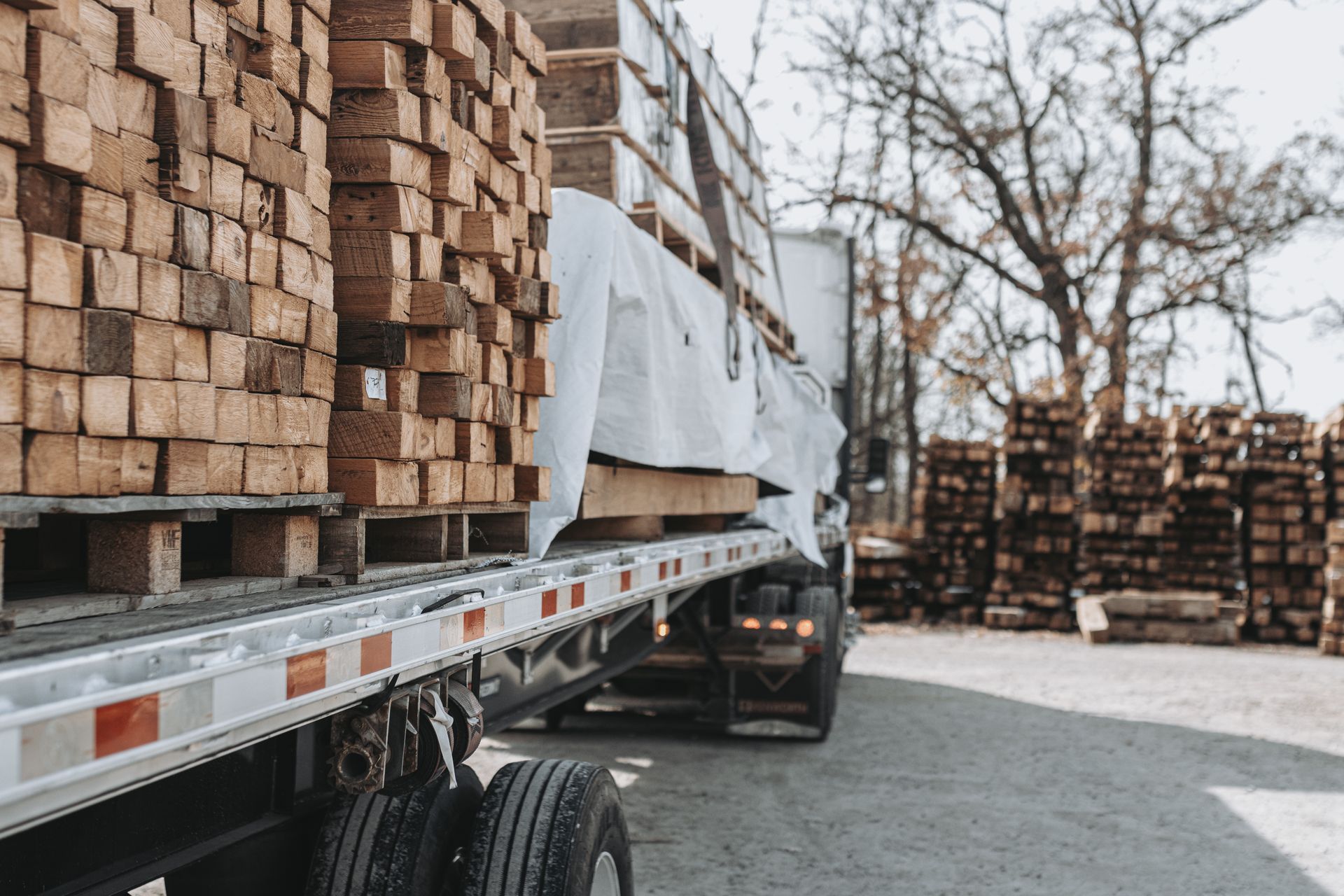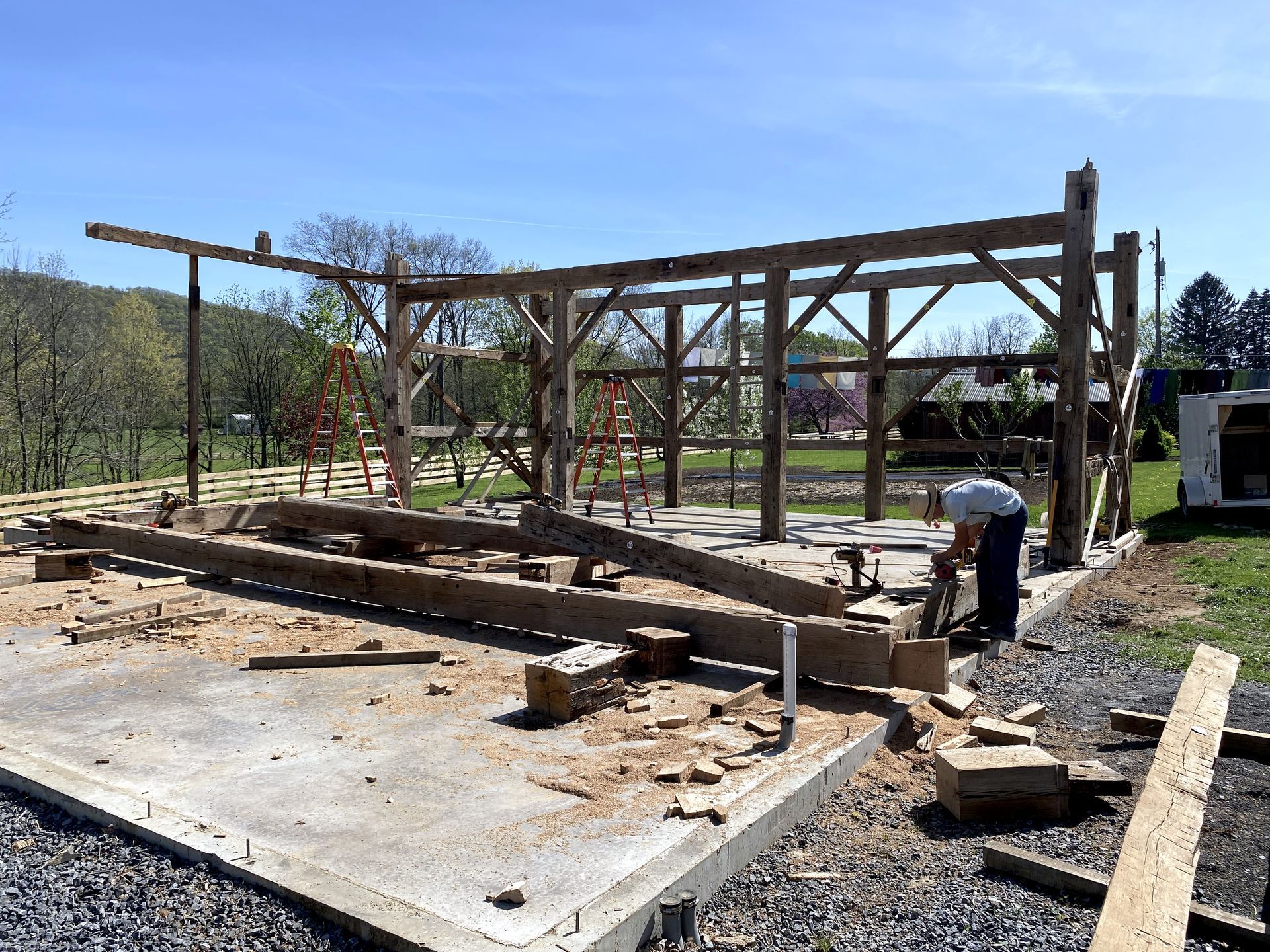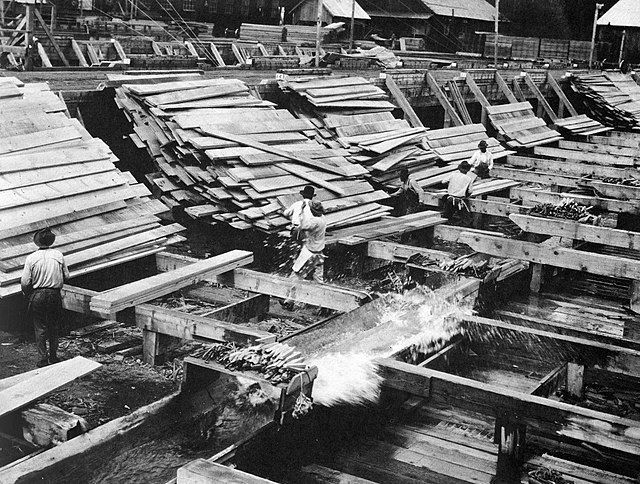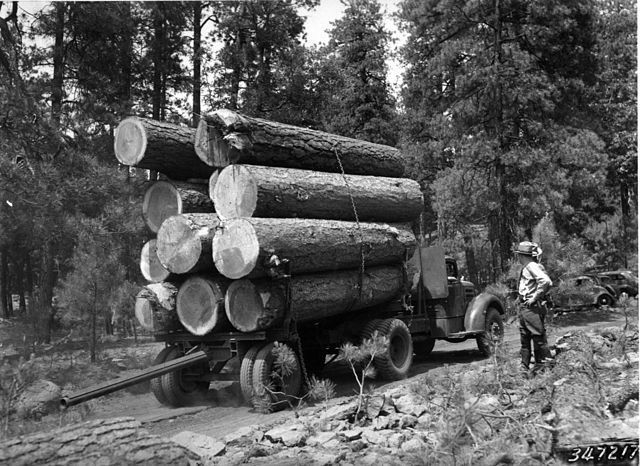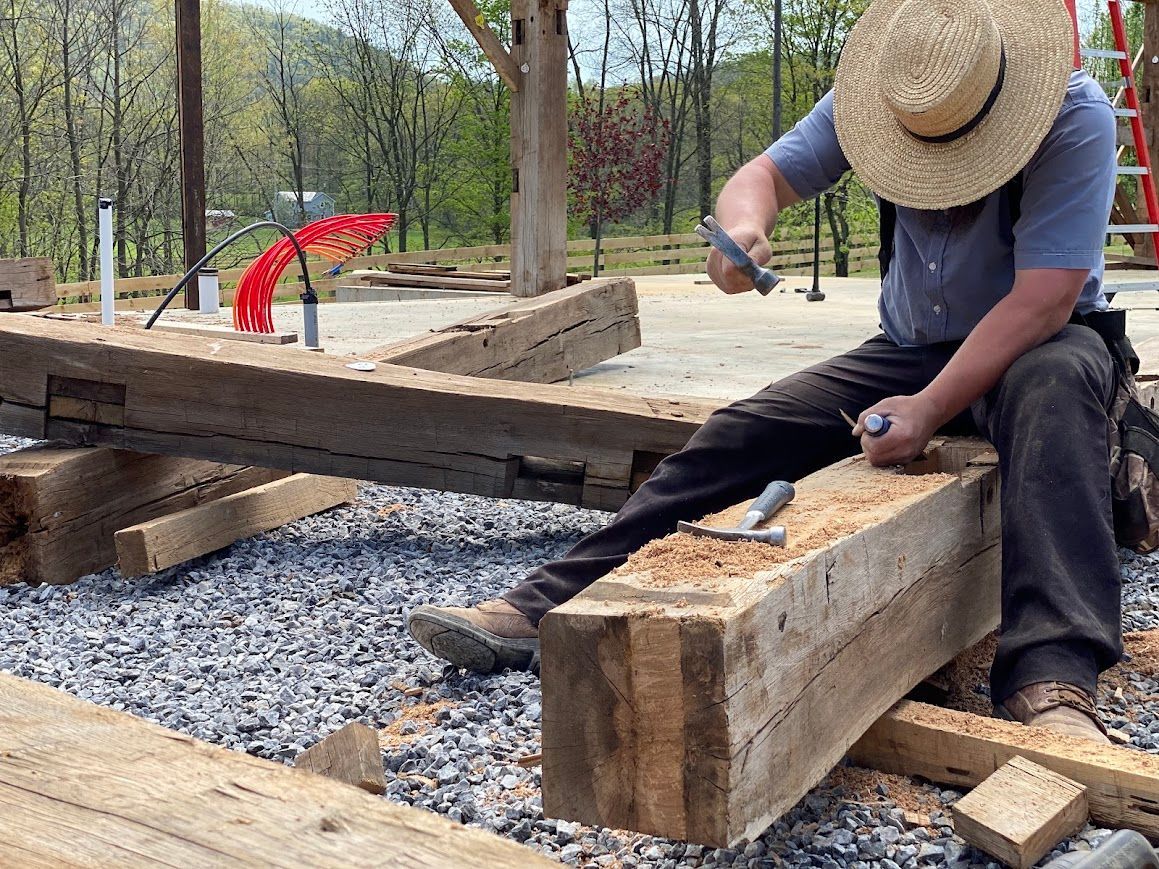Secrets to Buying the Perfect Historic Barn Home
Discover expert tips to find and purchase the ideal barn home
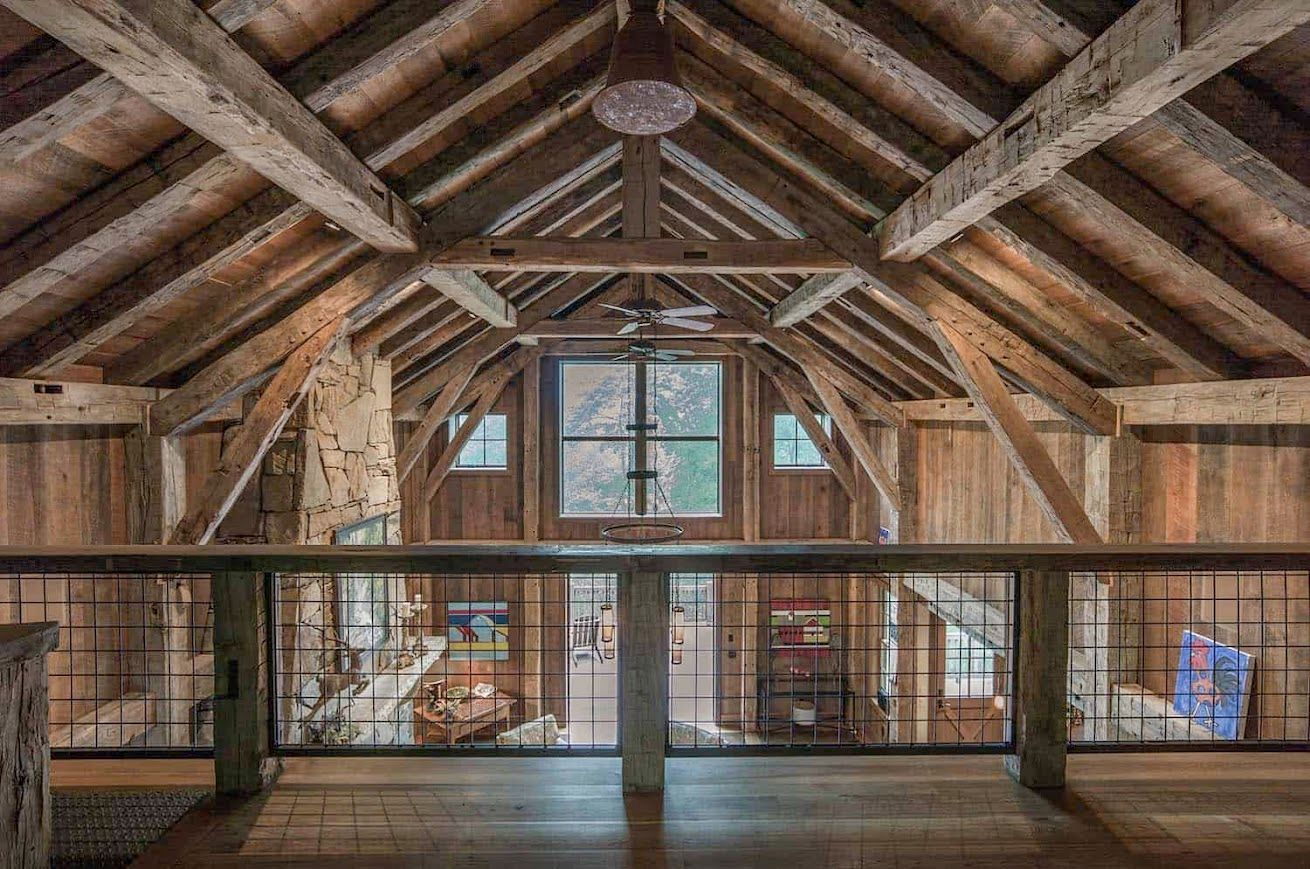
Historic barn homes have a unique charm. Their tall wooden beams, open spaces, and the warm color of aged wood create a living atmosphere unlike any modern home. But turning these barns into cozy, livable homes takes planning and know-how. Before you jump into barn living, here’s what you should keep in mind.
Why People Love Historic Barn Homes
Historic barns come with special qualities that draw people in.
One-of-a-Kind Style
Old barns have features like hand-carved beams, traditional woodwork, and worn wooden textures. These details give the home personality and history that you can’t get with newly built houses.
Big, Open Spaces
Barns are made to have wide, open interiors with high ceilings. This gives homeowners the freedom to design flexible layouts without being boxed in by too many walls.
Sustainability
Reusing an old barn frame is good for the environment. Instead of wasting these materials, you’re giving them a new purpose. Plus, the wood in old barns can last for years to come.
Things to Think About Before You Buy
Even though barn homes are beautiful, they come with unique challenges. Here’s what you should know before making this decision.
Finding the Right Barn
Not all barns work well for homes. The size, shape, wood type, and overall condition are important. Look for things like:
- The layout and dimensions of the frame
- The type of wood and its condition
- Whether the structure is solid and safe
- How the frame’s design can be adapted to fit a modern home
- Any historical or special value the barn may have
Understanding the Process
Turning a historic barn into a house can go one of two ways:
- Buying a barn conversion that’s already finished. Someone else has already done the hard work of renovating it into a home.
- Converting a barn yourself. This route gives you more control but involves tasks like disassembling the barn, repairing the wood, and rebuilding it on your site.
If you choose to tackle a project from scratch, you’ll need experts to guide every step.
Planning Your Budget
Barn homes usually cost more than regular houses per square foot. Costs might include:
- Skilled labor to restore the wood
- Moving the barn frame to your location
- Making changes to meet today’s building codes
- High-quality materials that match the historic design
- Extra expenses for surprises during the repair process
Make room in your budget for these items, and plan for unexpected costs just in case.
Building Code Challenges
Old barns were built for farming, not modern living. You’ll need to adapt it to meet safety and energy requirements, which might include:
- Adding insulation while keeping the frame’s beauty visible
- Upgrading the structure for fire safety
- Strengthening beams for today’s standards
- Designing a strong foundation for your barn’s size and shape
To get it done right, work with professionals who know how to marry old-world craftsmanship with new-world safety.
Insulation and Weatherproofing
One of the biggest hurdles is making your barn home warm in winter, cool in summer, and energy-efficient. Options include:
- Panels with built-in insulation (called SIPs)
- Modern framing with added insulation
- Special construction panels that preserve the original look
- Double-wall construction for better energy control
The best method depends on your budget, how much of the frame you want to show, and the local climate.
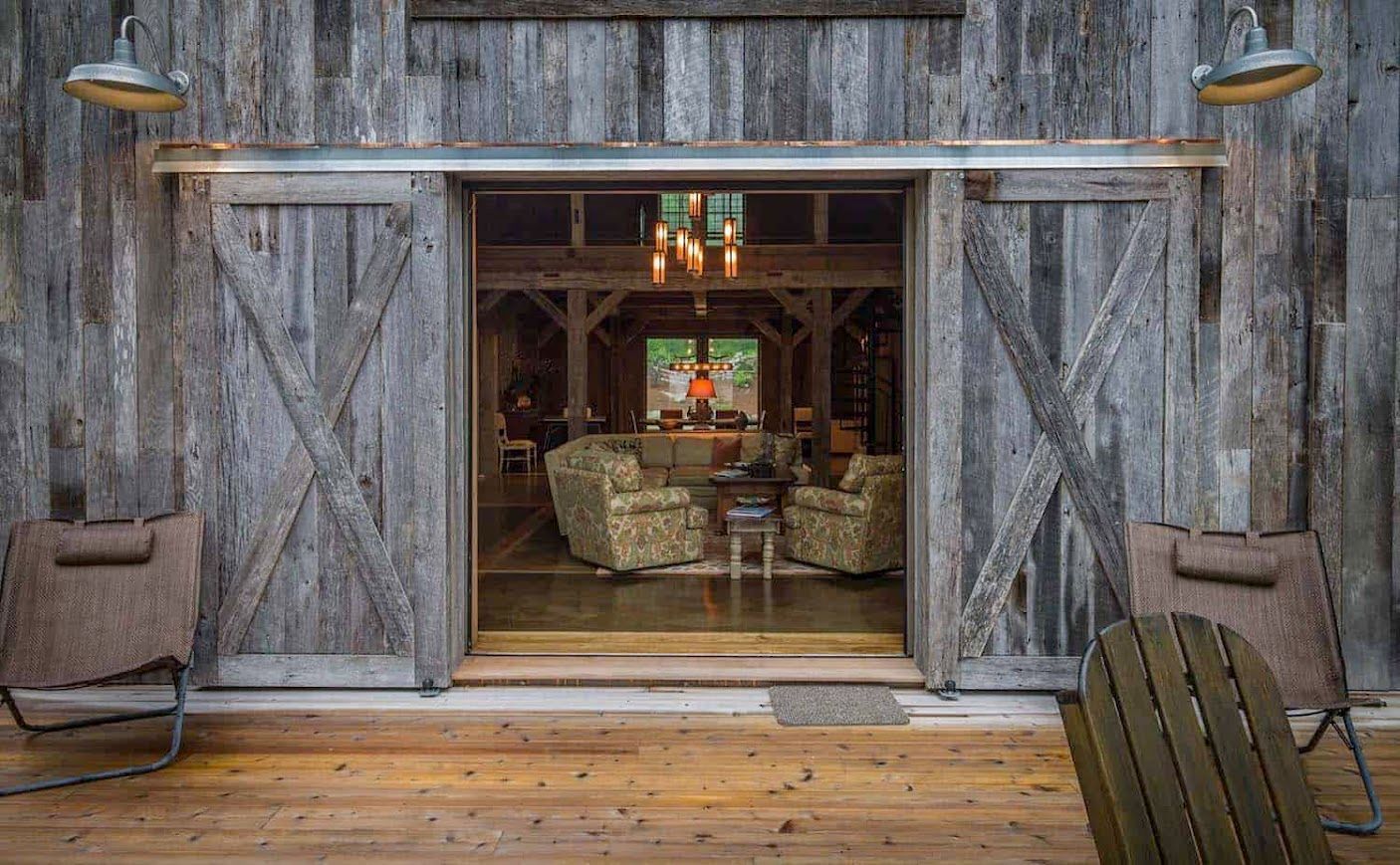
Finding the Right Experts
Building a barn home takes a special kind of skill most builders don’t have. Look for professionals who understand things like:
- Restoring historic timber frames
- Working with different wood types
- Traditional wood joinery methods
- Modern updates that protect and maintain the original structure
You might want to work with companies that specialize in sourcing, repairing, and delivering historic barn frames, like Bay & Bent. These experts ensure that your project starts with a reliable, high-quality base.
How Long It Takes
Turning a historic barn into a home isn’t a fast project. Expect a longer timeline, such as:
- 3–6 months to find the perfect barn frame (or less if using a company with inventory)
- 2–4 weeks to disassemble the barn
- 2–6 months for repairs and preparation
- 2–4 weeks to rebuild the frame at your site
- 6–12 months to complete the entire house
Being patient and planning ahead will help the process go smoothly.
Life in a Barn Home
When everything’s finished, barn homes are truly special places to live. They offer large, open spaces perfect for gatherings, natural temperature control, and a strong sense of connection to history and nature.
Is a Barn Home Right for You?
A barn home might be the perfect fit if you:
- Love the charm of old-world craftsmanship
- Want a home with character, not a cookie-cutter design
- Care about sustainability and preserving history
- Have a flexible budget and timeline
- Are okay working with experts to handle the unique needs of the project
At the end of the day, a historic barn home is more than a house. It’s a mix of history, art, and modern living. With careful planning and the right team, you can build a one-of-a-kind home that blends old charm with today’s comforts.



